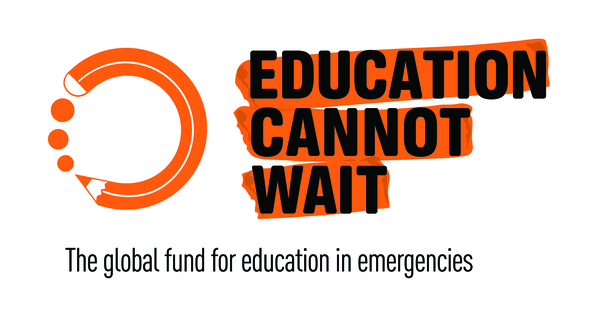S. Korea ranks world 3rd in debt-to-GDP ratio growth: data
By Bae Hyun-jungPublished : Oct. 3, 2018 - 16:39
South Korea has seen one of the fastest expansion paces for its household debt against its gross domestic product this year, despite a series of policy actions focused on lending restrictions, data showed Wednesday.
According to data compiled by the Bank for International Settlements, Seoul’s household debt was equal to 95.2 percent of its GDP as of end-March this year, up 2.3 percentage points from a year prior.
This growth rate marked the third fastest among 43 key economies across the world, following China’s 3.7 percentage points and Hong Kong’s 3.5 percentage points.
It was also the country’s highest quarterly growth in 16 years, following a climb of 3 percentage points observed in 2002.
The debt-to-GDP ratio itself as of the end of the first quarter was the seventh-highest among subject states. The corresponding figures for Switzerland, Australia, Denmark, Netherlands and Norway all exceeded 100 percent, as the household debt total outran the level of GDP. Canada ranked sixth with 99.4 percent, the BIS data showed.
Also, the country’s household debt service ratio stood at 12.2 percent as of the first quarter this year, up 0.1 percentage point from a year earlier and also hitting a record high.
“The household debt growth may have slowed recently, but data showed that its growing pace is still visibly faster than in peer countries,” said Cho Young-moo, a researcher at LG Economic Research Institute.
“Considering the change in housing prices here, it is likely that the rapid rise may have occurred in nonmortgage loans.”
According to data compiled by the Bank for International Settlements, Seoul’s household debt was equal to 95.2 percent of its GDP as of end-March this year, up 2.3 percentage points from a year prior.
This growth rate marked the third fastest among 43 key economies across the world, following China’s 3.7 percentage points and Hong Kong’s 3.5 percentage points.
It was also the country’s highest quarterly growth in 16 years, following a climb of 3 percentage points observed in 2002.
The debt-to-GDP ratio itself as of the end of the first quarter was the seventh-highest among subject states. The corresponding figures for Switzerland, Australia, Denmark, Netherlands and Norway all exceeded 100 percent, as the household debt total outran the level of GDP. Canada ranked sixth with 99.4 percent, the BIS data showed.
Also, the country’s household debt service ratio stood at 12.2 percent as of the first quarter this year, up 0.1 percentage point from a year earlier and also hitting a record high.
“The household debt growth may have slowed recently, but data showed that its growing pace is still visibly faster than in peer countries,” said Cho Young-moo, a researcher at LG Economic Research Institute.
“Considering the change in housing prices here, it is likely that the rapid rise may have occurred in nonmortgage loans.”

Asia’s fourth-largest economy faced a record high of 1,493.3 trillion won ($1,333 billion) in outstanding household debt in April-June this year, up 7.6 percent from the same period last year.
The alarming expansion of household borrowing took place despite the government’s moves to curb real estate speculation and the rise of housing prices.
Through two respective sets of lending rule revisions in June and August last year, the Moon Jae-in administration lowered the loan-to-value ratio and tightened loan qualification standards. In November, the Bank of Korea raised the key interest rate for the first time in more than six years to the current 1.5 percent, in line with the government’s belt-tightening gestures.
By Bae Hyun-jung (tellme@heraldcorp.com)









